Dien Bien Phu Campaign: April 29, 1954, the “Vulture” operation was increasingly distant. The expeditionary command had to figure out how to save itself.
On the enemy side : On April 29, De Castries telegraphed Cogny to report: "The mud in the trenches at Dien Bien Phu was up to 1 meter deep. During the day, Dien Bien Phu only received 30 tons of supplies and not a single soldier was reinforced."
On April 29, 1954, in Washington DC, US President Eisenhower met with Radford, the three military chiefs of staff and many other senior officers to review the war situation. Radford was the only one who supported a unilateral US intervention to avoid defeat at Dien Bien Phu. The naval and air force chiefs of staff were not interested. Only Army Chief of Staff Matthew Ridgway strongly opposed it. Matthew Ridgway cited the disastrous failure of the US "Strangle" operation in Korea, aimed at destroying the supply route, to demonstrate the limitations of air force actions in this type of war. Matthew Ridgway believed that the bombings would lead the United States into a new costly land war with no clear exit on the Asian continent. Matthew Ridgway's opinion was widely shared.

French soldiers at Dien Bien Phu. Photo archive
Eisenhower was not ignorant of the right words. He decided to stop promoting the “Vulture” plan. But 10 years later, also in Vietnam, the US authorities forgot these experiences.
The French government at that time believed that all measures to save Dien Bien Phu had been carefully discussed. Some French people considered the British selfish. Many people criticized the Americans, saying that the Americans had cleverly shifted responsibility to their allies, while the decision not to intervene with strategic air power in Dien Bien Phu had been made at the highest level of the American government. The British were proud of their correct attitude at this historical moment. In fact, in the United States, hawks cannot do whatever they want.
The “Vulture” operation was becoming more and more distant. The expeditionary command had to think of ways to save itself. There was an opinion: Launch an operation to attack the rear of the Viet Minh campaign in the Yen Bai - Tuyen Quang area. But this operation required large forces and means, which could only be taken from the Northern Delta, thus causing the Northern Delta to collapse quickly. Another opinion was to let De Castries attack to relieve the siege himself. Navarre returned to his intention from the first day of accepting to fight in Dien Bien Phu with an action starting from the Nam Hu River. But, according to Yvonne Gra, it was no longer a relief operation as planned by Xenophon, because the French did not have enough transport planes and fighter planes, but was only a diversionary action to support Dien Bien Phu.
This operation was also named “Condor” (Condor but a South American bird). The operation consisted of 7 battalions, of which 3 were parachuted. However, all remaining Dakotas had to be mobilized within 24 hours, after which these planes had to be responsible for parachuting 45 tons of food daily. As planned, from April 14 to 29, the operation would start from Muong Khoa to Tay Trang, then flood into Dien Bien Phu to welcome the Northwest garrison to break the siege and flee. But at this time, the transport aircraft force was completely absorbed into the Dien Bien Phu front. Therefore, the parachute drop of 3 battalions could not be carried out. Only 3 Laotian puppet battalions and a Foreign Legion battalion carried out the operation with air support, under the command of Lieutenant Colonel Goddard.
On our side : All preparations for the third attack were carried out very carefully. The trenches were reinforced to the point where troops could move during the day close to the enemy, allowing units to quickly bypass the breakthrough phase when attacking a position. Officers and soldiers were familiar with the terrain of the target stronghold, like the outposts that had been rehearsed many times. Soldiers who had just recovered from their wounds, and new soldiers, were eager to return to their units to be present in the final attack.

President Ho Chi Minh listens to General Vo Nguyen Giap present the plan to launch the Dien Bien Phu Campaign. Photo: Archive
At the end of April, at a small house in the middle of the Viet Bac mountains, Uncle Ho talked with journalist Burchett. Burchett asked about Dien Bien Phu. Uncle Ho turned his hat upside down on a bamboo table, ran his fingers around the brim of the hat, and said: "This is the forest and mountains, where our forces are." Then he clenched his fist, punched the inside of his hat, and continued: "And here are the French troops. They cannot escape from this place!"
THANH VINH/qdnd.vn
Source


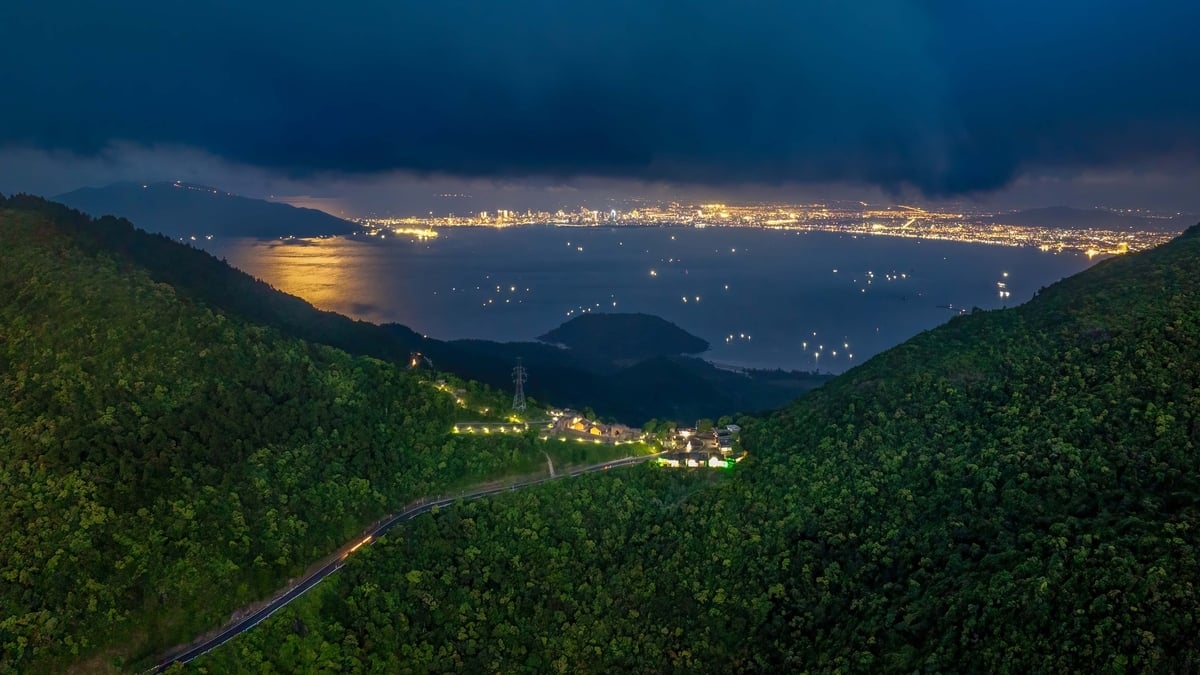
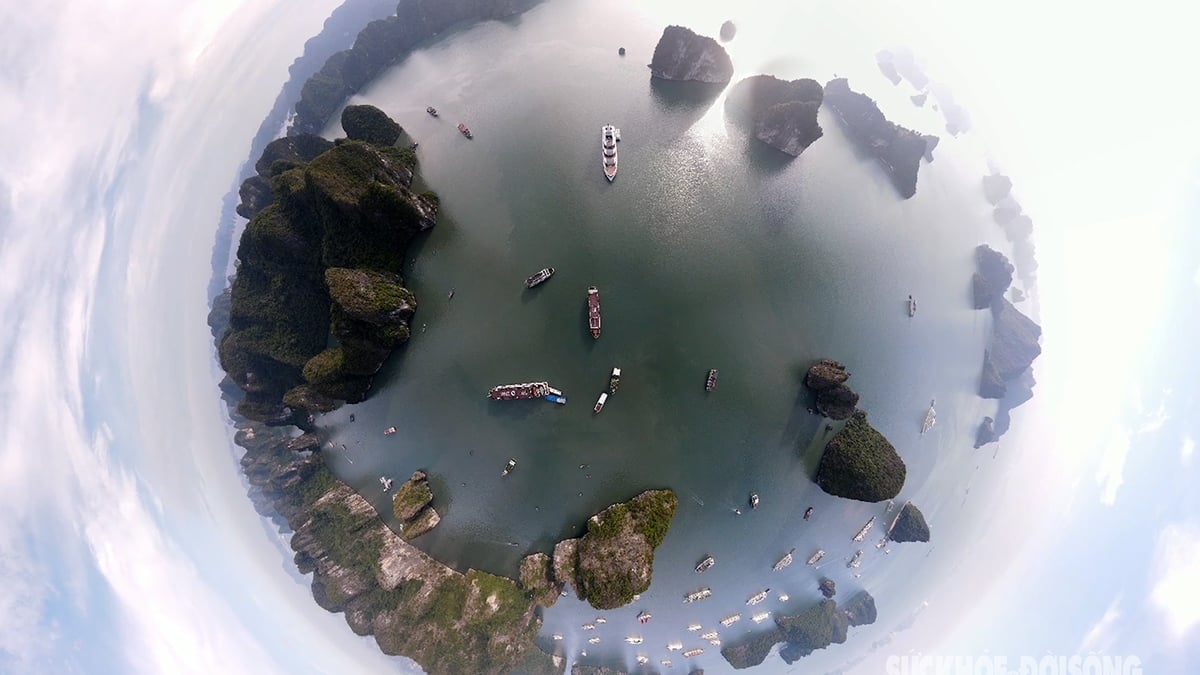
![[Photo] Prime Minister Pham Minh Chinh chairs a meeting on the implementation of the Lao Cai-Hanoi-Hai Phong railway project.](https://vphoto.vietnam.vn/thumb/1200x675/vietnam/resource/IMAGE/2025/5/20/0fa4c9864f63456ebc0eb504c09c7e26)
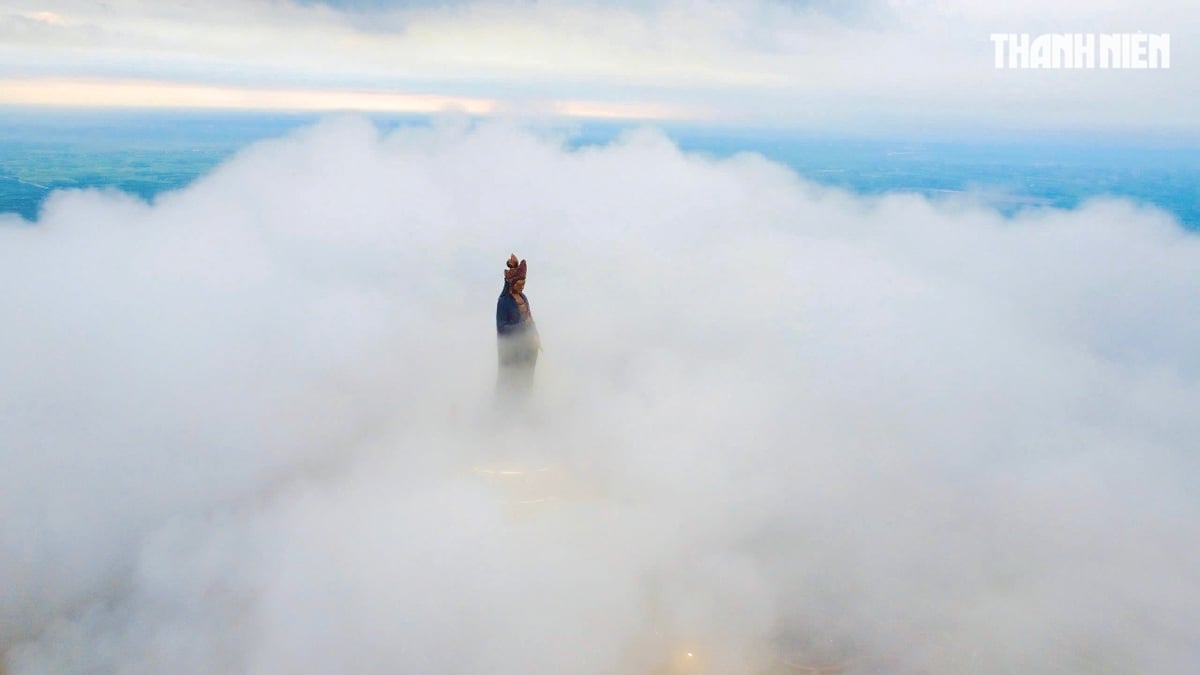
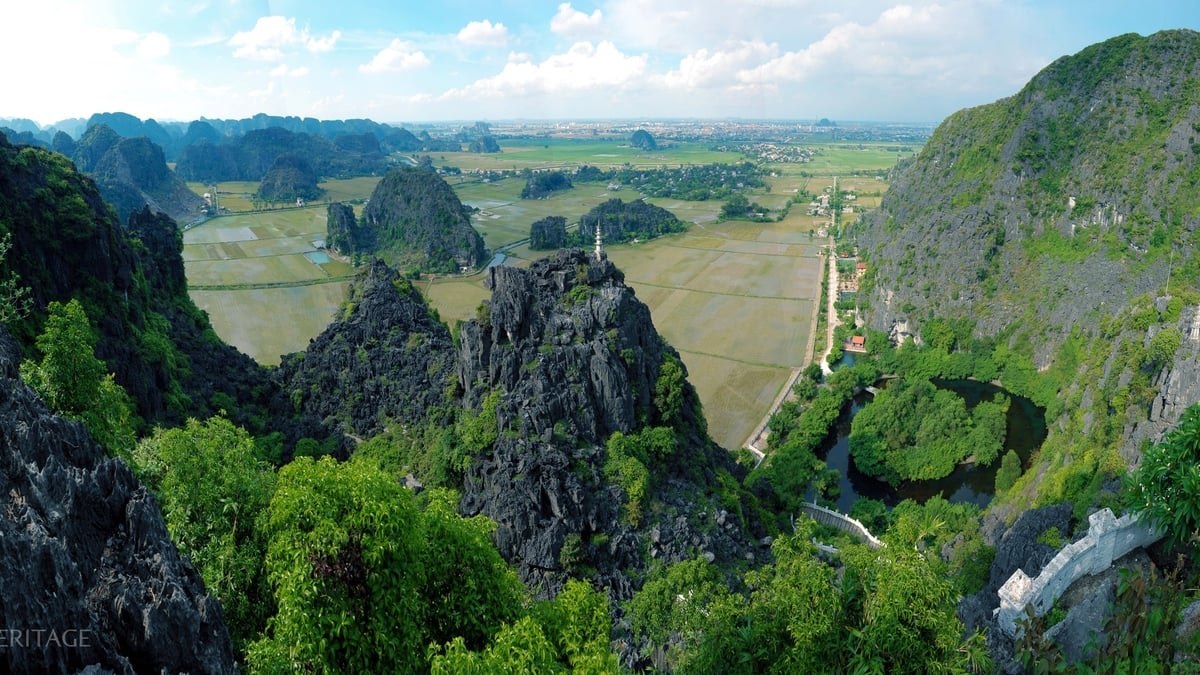

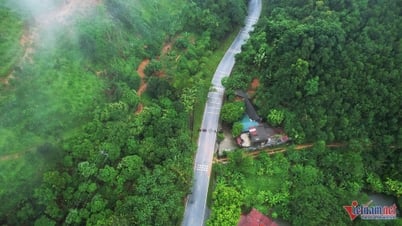

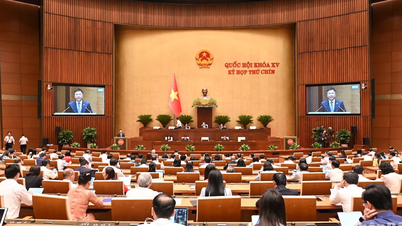

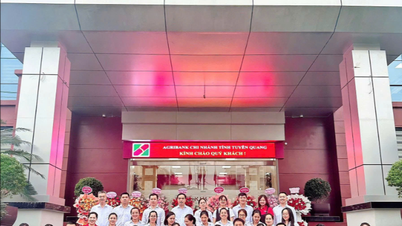




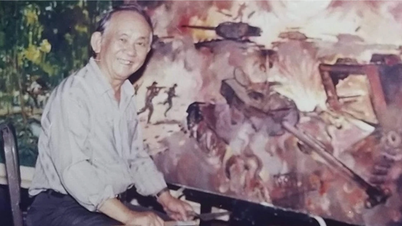




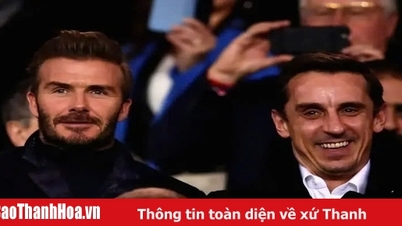
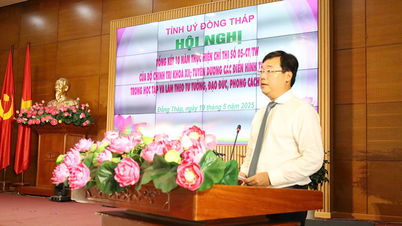
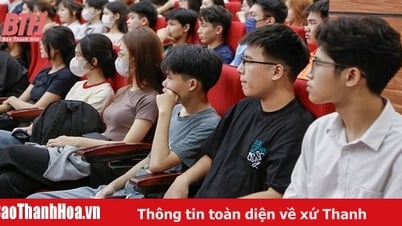
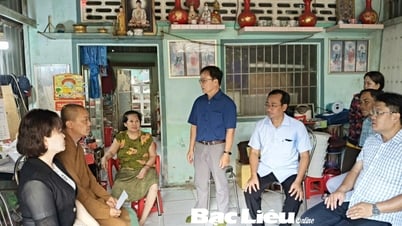




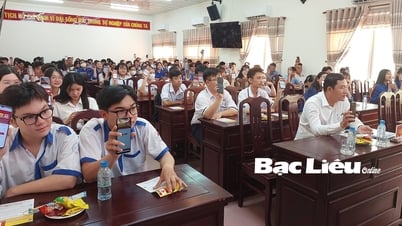



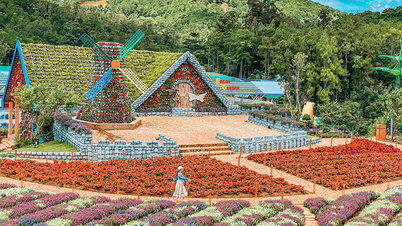
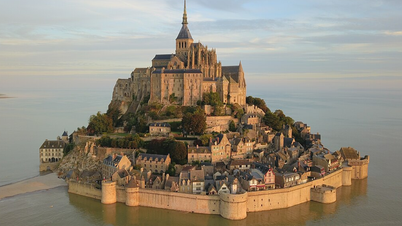
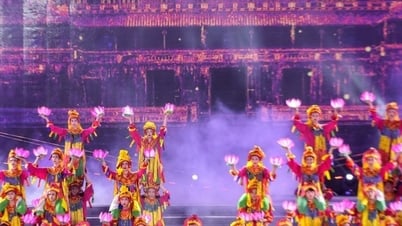
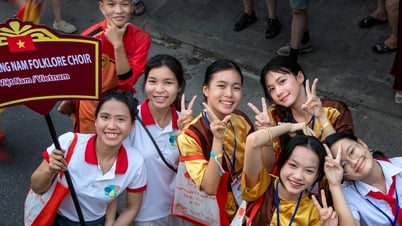





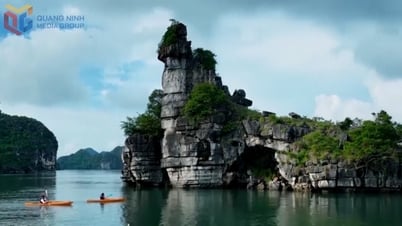












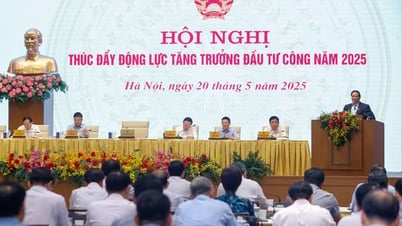




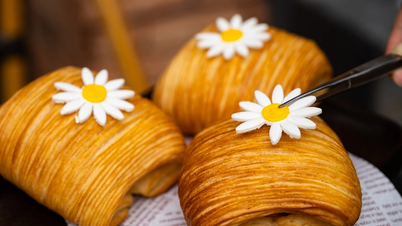

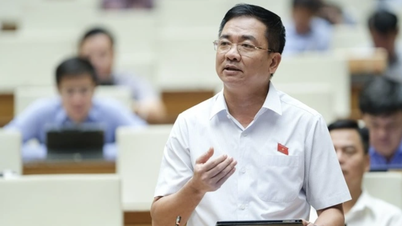
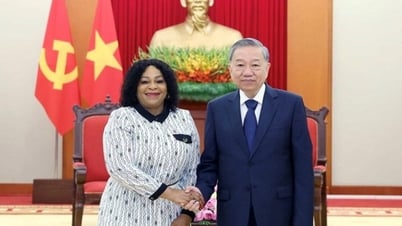

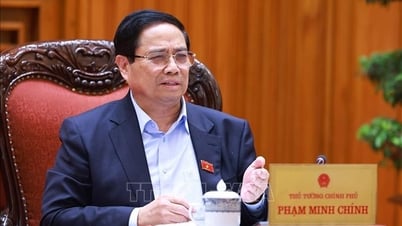

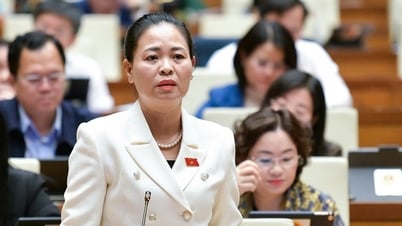
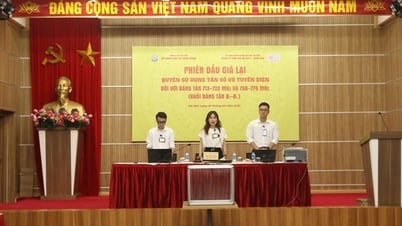

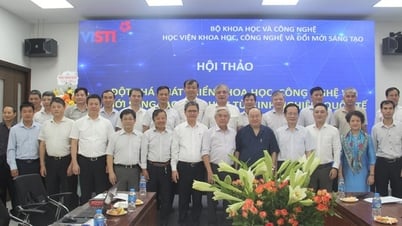
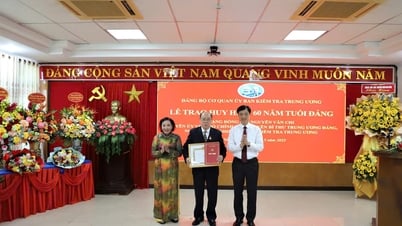

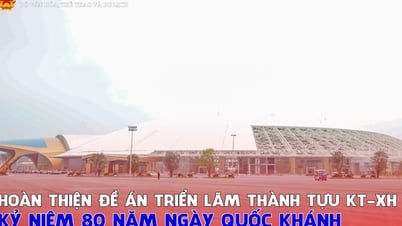

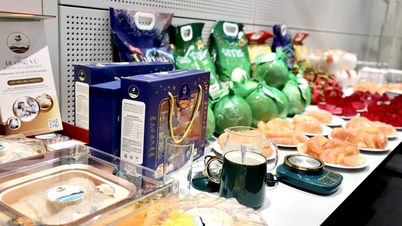






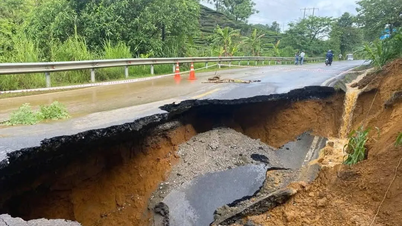


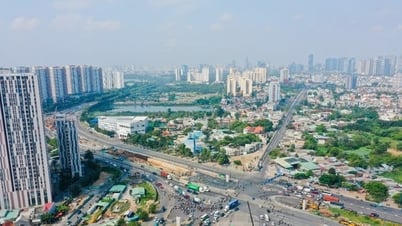













Comment (0)